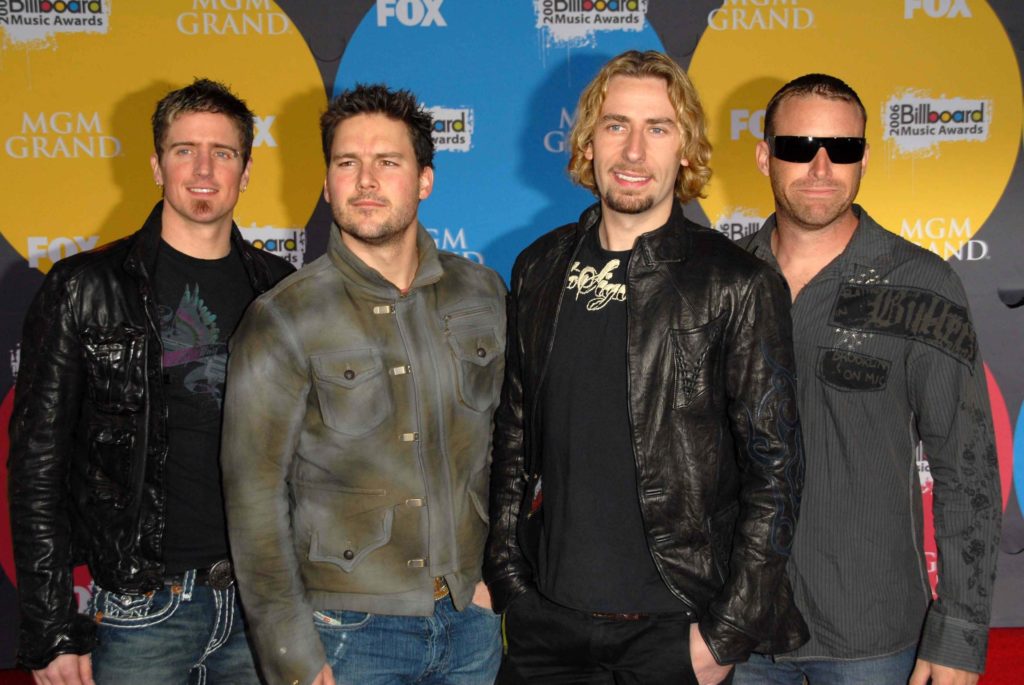
Consider these numbers:
- 50 million albums sold worldwide
- The 11th best-selling band in history
- Named by Billboard the most successful band of the 2000-2009 decade
- 17 million “likes” on Facebook
- They’ve sold out 11 international tours, playing to 8 million fans
- In Canada, they had 5 #1 albums – more than Neil Young and Joni Mitchell – combined
The Telegraph once called them “the world’s most hated band.”
And that sums it up for Nickelback, a paradox in popular music. It’s not that other artists haven’t suffered through derision or fan backlash.
But in the case of these rockers from Canada – led by Chad Kroeger – the band has become a joke, amplified by the swarm of critics who took off on their lyrics, their power chords, their songwriting – pretty much everything. Of course, this is all despite the fact a Nickelback concert could likely fill any stadium here in North America, and perhaps around the world – next month.
To see how this plays out, look at some recent metrics when you compare a multi-platinum group like Nickelback to Soft Cell, a synth-pop duo famous for one big hit, “Tainted Love.” Yes, for all intents and purposes, Soft Cell is a classic “one hit wonder.”
Nielsen Music shows that in the week ending October 17, in the streaming numbers – or conscious decisions made by consumers – Nickelback earned nearly 16 million plays. Soft Cell – where streams for the same week only total 8.3 million streams – about half as many as Nickelback. Makes sense, right? 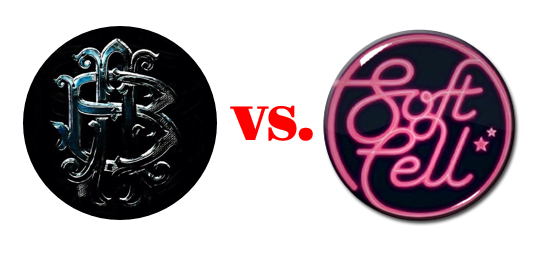
But when we turn to Mediabase airplay spins over a recent week – or the conscious spin decisions made by PDs – Nickelback scored nearly 2,300 spins in the U.S.
Soft Cell? Their music was programmed more than 3,100 times.
These are the kinds of inexplicable things that can happen in our fluid, fickle world of “what’s hot & what’s not.” And if you’re in the broadcast radio business, you shouldn’t be snickering at Nickelback because very much the same phenomenon has happened – or been allowed to happen – to your medium.
I was recently observing a radio focus group the other night of mostly Millennial males and females. One of the women in the group declared early on that she’d pretty much stopped listening to the radio because she prefers her Spotify playlists and satellite radio.
At that moment, us observers started wondering why she showed up for this group in the first place. But as we came to find out, she was one of the most knowledgeable respondents in the room. In fact, she shared some good insights about what was happening on our client station and in the market today. And yet, she could not admit being a radio listener, especially in front of her peers.
But the snarky question – “Who listens to radio?” – has taken root, perhaps as much as “Nickelback sucks.”
The radio industry – on a station by station basis – spends millions of dollars every year on audience research. This comes in the forms of  perceptual surveys, music and dial tests, and of course, audience ratings. In fact, for most stations, the ratings are a major expense line, often falling in the top five, along with personnel and health care benefits.
perceptual surveys, music and dial tests, and of course, audience ratings. In fact, for most stations, the ratings are a major expense line, often falling in the top five, along with personnel and health care benefits.
And yet, we know precious little about how the audience really feels about us. Much like Nickelback, broadcast radio’s numbers are impressive. In fact, other media platforms don’t even come close:
- 248 million listen each week in the U.S.
- 92% of American 18+ tune to broadcast radio on a weekly basis
- Broadcast radio is the most-listened to medium in the car earning more than half of all in-car consumption
- Radio will generate upwards of $14 billion this year
- Of all the audio platforms – streaming, podcasts, talking books, satellite – broadcast radio has been around longest, celebrating its centennial anniversary in 2020
As my Grandma Sara was fond of saying (add the strong Yiddish accent):
“So, what’s not to like?”
But like Chad Kroeger and Nickelback – who may lay awake at night wondering what the band did wrong – broadcast radio’s image in the pop culture community – among consumers, advertisers, and other media – is nowhere near commensurate with its performance, both historically and right now today.
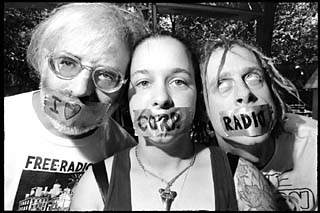 Critics can take off on radio all they like – it’s too corporate, it’s homogeneous, it’s too commercial, it’s too safe, it’s too repetitive – but the numbers don’t lie. Despite disruption and competition coming from all corners, broadcast radio – commercial, public, Christian – has held up extremely well, continuing to influence music tastes, while providing entertainment, community, and companionship to hundreds of millions of people every week.
Critics can take off on radio all they like – it’s too corporate, it’s homogeneous, it’s too commercial, it’s too safe, it’s too repetitive – but the numbers don’t lie. Despite disruption and competition coming from all corners, broadcast radio – commercial, public, Christian – has held up extremely well, continuing to influence music tastes, while providing entertainment, community, and companionship to hundreds of millions of people every week.
The record labels and their artists certainly know the truth. It’s why despite their efforts to drive audio and video streams, and Shazam searches, the success – or failure – of most artists and their music is still very much dependent on radio airplay and the promotional support only radio can provide – music information, concert support and presence, in-studio interviews and videos – in short, the marketing lift that can make or break a project.
So, why the disconnect?
That’s precisely what should be driving radio’s leadership crazy, while motivating them to better understand the problem and how to successfully address it.
Oddly enough, that’s the protocol broadcasters have used for decades to not only launch, but to also “fix” stations: do the research, gain an 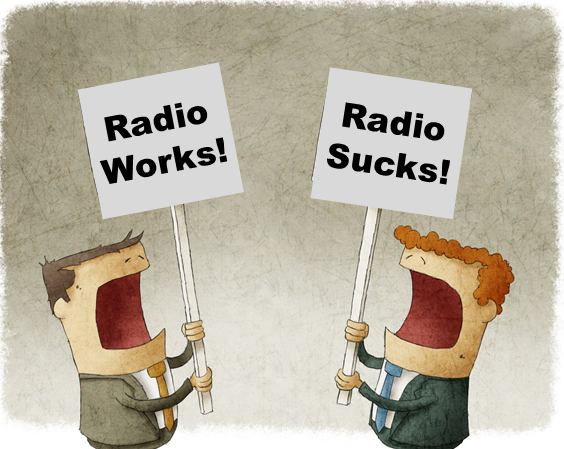 understanding of perceptions, learn about the competition’s strengths and weaknesses, create and prioritize actions steps, improve/fine-tune the product, and market it back to consumers. It’s Radio 101 and no one knows how to do it better – and more quickly and efficiently – than broadcasters.
understanding of perceptions, learn about the competition’s strengths and weaknesses, create and prioritize actions steps, improve/fine-tune the product, and market it back to consumers. It’s Radio 101 and no one knows how to do it better – and more quickly and efficiently – than broadcasters.
Why radio leadership isn’t embarking on a scaled-up version of what it has done well for so long in local markets is perplexing, and it goes to the heart of the fear and denial that hold companies – and industries – back when the going gets tough. Is it that broadcasters are afraid of what they will learn? Is it they’ll find out the challenges are seemingly insurmountable? Or is it possibility there are no realistic solutions to the changing nature of media usage and consumption?
No way that happens.
Because too many brands that have been labeled as “uncool,” out of touch, and even dead in the water have come back to not only fight another day, but to re-emerge as leaders in their categories (or by creating new revenue platforms).
Let’s use a modern example – Microsoft. Bill Gates’ company was the envy of everyone in the tech space back in the 80’s and 90’s. Gates himself gave college dropouts hope they could enjoy success. But Microsoft software came with too many viruses and threats, blue screens, obsolescence, and other potholes that created bad perceptions despite the fact the company’s software was on pretty much every laptop and desktop.
Then Apple came along with a better, more reliable, elegant, and hipper platform. And they ten exploited Microsoft’s weaknesses in a series of powerful commercials and symbols that took root.
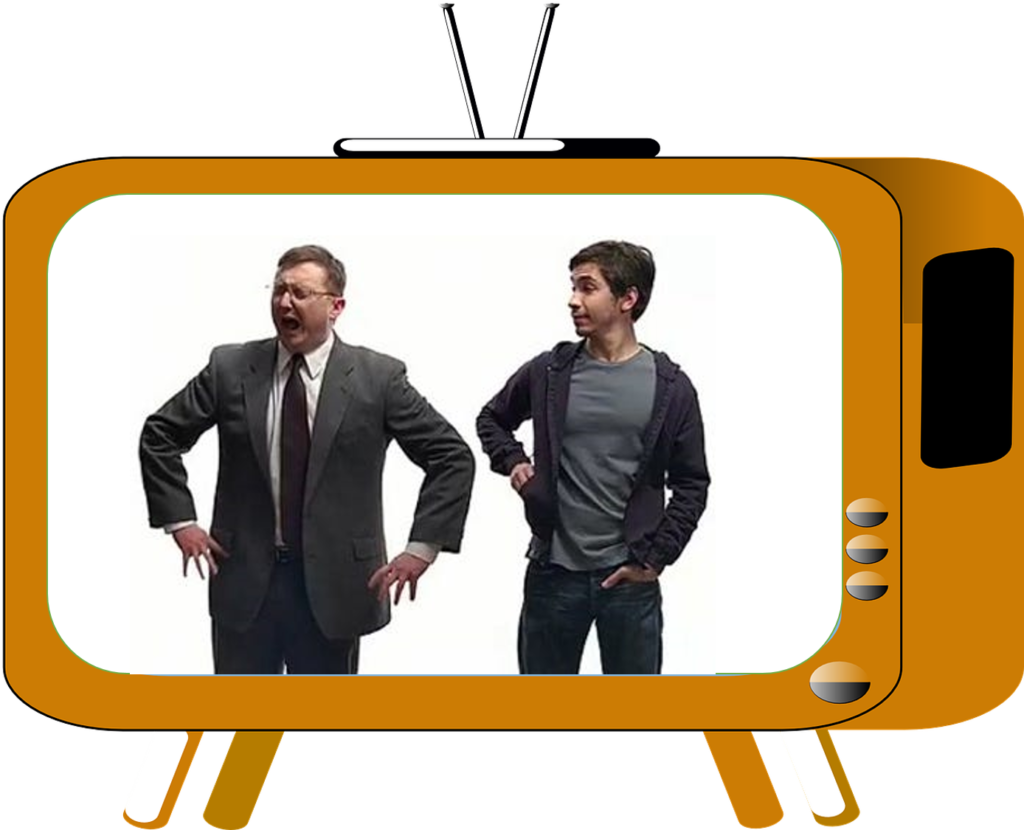
These two characters symbolized the differences between the two operating systems, positioning Microsoft as lazy, fat, and out of touch.
Microsoft? Dead in the water?
It sure seemed that way, especially when the Stev
e Jobs- powered Apple was at the helm, introducing one amazing product after another – the iPod, iPhone, iPad – while Microsoft flailed around with Zune as well as an ill-fated attempt to go after Apple’s smartphone empire.
So, how’s Microsoft doing lately. Thanks to their focus on the cloud and enterprise software, led by new CEO Satya Nadella, has been instrumental in fueling Microsoft’s resurgence:
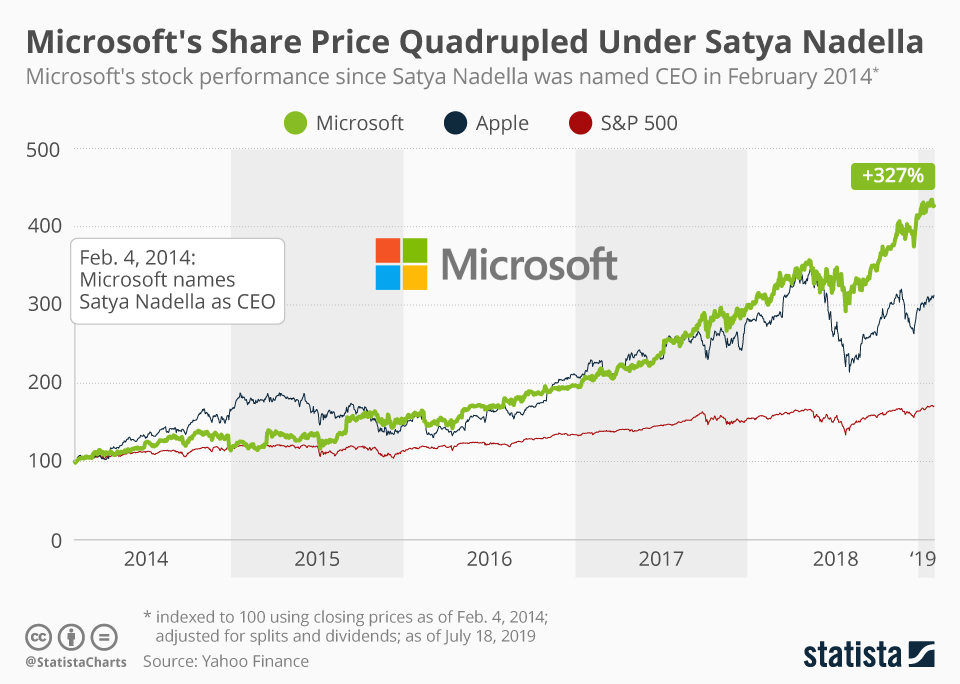
Statista’s Felix Richter sums up Microsoft’s comeback this way:
“Back in 2014, most people given the choice to invest $1,000 in either Microsoft or Apple, probably would have invested in the latter, considering the huge success that Microsoft’s old foe was having with its mobile devices, most importantly the iPhone. And yet, here we are, five years into Nadella’s tenure and Microsoft is not only the most valuable public company on the planet, it has also outperformed Apple over the past five years. As the following chart shows, Microsoft’s share price grew by 327 percent since Nadella took over, beating Apple’s 212-percent increase by a significant margin.”
In fact, the Pentagon stunned observers last week by awarding its JEDI $10 billion cloud computing contract to Microsoft, instead of presumptive favorite Amazon. Some believe that White House pressure played a role in this decision, but whatever the influences, the result is the result.
Now, you may be thinking that when you’re on 90% of computer operating systems like Microsoft is, how can you fail? But the fact is, only about 77% of computers run on Windows, while iOS (Apple) is still a distant second (around 13%). Still, that’s a big edge for Gates’ company.
But let’s remember that 90%+ of adult Americans listen to radio each week. That’s greater ubiquity than Microsoft Windows.
Broadcast radio is still holding some powerful cards. And everyone wants a piece – streaming platforms, satellite radio, podcasting. But as 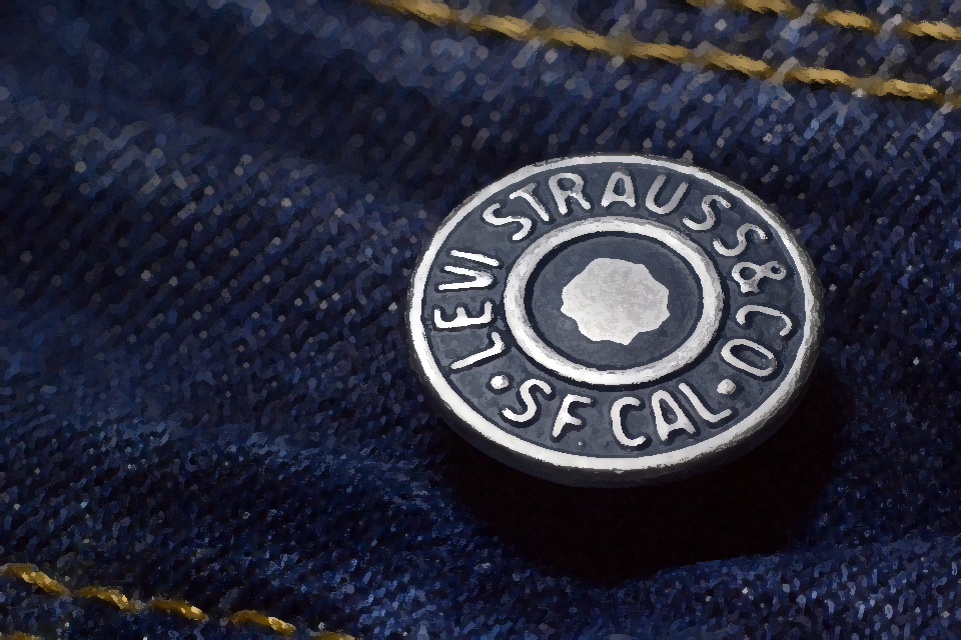 marketers know from studying storied brands including IBM, Old Spice, McDonald’s, and Levi’s, it is not just possible but immensely doable for comebacks to happen – in some cases, multiple times.
marketers know from studying storied brands including IBM, Old Spice, McDonald’s, and Levi’s, it is not just possible but immensely doable for comebacks to happen – in some cases, multiple times.
But rarely are they organic.
While each of the above mentioned brands had large amounts of historic good faith and nostalgia at their back, each had to study changing audience trends and perceptions – of the competition and themselves – in order to forge strategies that could be successful.
Consumers tend to value venerable brands – products they grew up with. In some cases, they root for them to be successful. But rarely does this happen without a lot of hard work, investment, and focus.
Leaders lead.
While buying or building new media companies to expand portfolios – like podcasts, streaming platforms, and mobile apps – is a smart way for radio broadcasters to adapt, the “mother ship” – the broadcast radio product – is still the core, the center, the everything.
Like any brand that’s been around for decades and decades, consumers take it for granted, while competitors reposition it as “old school” or dated. That’s when leadership needs to step up to control the narrative.
Maybe Chad Kroeger should keynote the next “Radio Show.” He could tell us a lot about talent, perseverance, cultivating fans, and remaining true to your values.
And we’d probably be able to get a Nickelback performance at the Marconi’s.
Special thanks to Toby Ryan who came up with the name/theme for today’s post. And to Haley Jones & Nielsen Music for their great data.
To find out what your audience think about your station and the state of radio, sign up for Techsurvey 2020, fielding in January. Info here.
- What To Do If Your Radio Station Goes Through A Midlife Crisis - April 25, 2025
- A 2020 Lesson?It Could All Be Gone In A Flash - April 24, 2025
- How AI Can Give Radio Personalities More…PERSONALITY - April 23, 2025




Before Nickelback scored with “How you Remind Me”, they would hang around our radio statiion, The Bear in Edmonton and later CFOX in Vancouver. A few times we invited Chad into the music meeting where he could see how things worked and how decisions were made. I did this because I got tired of explaining why were weren’t playing some the bands (then) indie material. (He was genuinely intrigued how the process of a music meeting worked) He and the band took notes from Radio and formulated their sound to not only their fans, but to programmers who would have a hard time saying no.
Radio today is viewed as a the Nickelback of Média because it can’t be customized the way other media can. Since the days we could hit shuffle on an iPod, customization is seen as having more value to a media consumer than accessibility. It’s why I see Gen Z and millennials fumbling with Aux cords and pairing to get what they want… now. Even podcast, the ability to choose from 750k podcasts is an empowering (if time consuming) option.
Matt, your insights about Nickelback and how they learned about radio are fascinating, and I appreciate you sharing them.
As for why radio is viewed the way it is, I’m not on the same page with you. Yes, customization is a factor in why broadcast radio has lost some of its shine is part of it. So are all those commercials. But when you look at some of radio’s inherent strengths – curation, it’s live, it’s free, it’s easy – the medium shouldn’t carry such a bad rap. Let’s see what others say about the Nickelbackization of radio.
Thanks for engaging here.
For some reason, this comes to mind:
https://youtu.be/JK6zuii2OLI
Seth…that’s a great analogy! And Fred, insightful column…though I’m trying to laugh through your painful, but likely accurate analogy.
Thanks, Tim!
Imagine someone with a mullet and a Members Only jacket complaining that everyone sees them as dated and unclool? Hello…Mcfly…..
Context is everything. First Nickelback vs. Soft Cell. Tainted Love, one song released close to 40 years ago can garner almost half the streams as all the songs on Nickelback’s top (7 in the US alone) 10 albums, the most recent in 2017. Seems as though Nickelback has a dedicated and loyal following but not much appeal beyond that – crying all the way to the bank. And Tainted Love endures.
Now, for radio. First the good news. The reach numbers are really impressive and are unchanged since Tainted Love was a hit. As for the others, graphs would explain more than raw numbers. The rest in context:
“Broadcast radio is the most-listened to medium in the car earning more than half of all in-car consumption.” 15 years ago it was almost 100%.
“Radio will generate upwards of $14 billion this year”. That number was almost 22 million 12 years ago and dips a little most years.
“Of all the audio platforms – streaming, podcasts, talking books, satellite – broadcast radio has been around longest, celebrating its centennial anniversary in 2020.” There isn’t much monetizable value to that history in any current context.
Microsoft is an interesting contrast…where would they be if they were still selling Windows 98? Isn’t that what radio is doing? Would Microsoft or Apple, or GM, or Amana, or Nike or Samsung still be alive if they were still selling the same products as 20+ years ago?
Radio is actually really lucky that its image is still as good as it is. Anyone else who hadn’t improved its product in over 20 years would have long gone under. And digital platforms are probably not the answer – IMO, the main reason 92% of America still listens to it is that it ISN’T digital. Leave it on, turn on the car and its there. No booting up, no logging in, no password resets, no buffering.
Radio has at least as much of a product problem as an image problem. If radio wants a resurgence like the brands you mentioned, it will have to revamp its product. Cool doesn’t necessarily have to be the answer, but putting out a dumbed down version of a 20 year old product and complaining that the market sees you as uncool and dated certainly isn’t. How about some new formats targeted to 12-40 year olds? How about leveraging radio’s local advantage and not mailing it in via voice tracking and syndication? How about experimenting with lower spot loads? How about updating processing to be closer to streaming? How about doing some marketing? How about offering a career path that’s comparable to what software companies do?
Radio needs a life coach, not a marketing campaign.
There is a contradiction here – I should have clarified that I meant radio should be marketing its individual brands – not a broad image campaign.
Wow, what an excellent, thoughtful piece, Bob. I think you really hit on a lot of core problems that have “nickelbacked” radio. When we have bloated spot loads and “phone in” generic anytown-U.S.A.-voice tracks, we send the message, “If we don’t care, why should you?” I’m reminded of the many times in my career when someone has suggested we do something a particular way because “that’s what we did 25 years ago and it worked then,” entirely missing the fact that it worked then because it WAS 25 years ago. Thanks for the good insight and comments, Bob. Appreciate it.
Hmmm….maybe we should change our mission statement here at Jacobs Media to “life coaching.” We’d probably get more business. Thanks, Bob. This is good stuff.
I think jacobslifecoaching.com is available.
We’re already building the app.
Haha! I’m ready to download!
I was working for Sirius Satellite radio when Nickelback released their first album and since they were in New York an interview was offered and I accepted. Chad Kroeger came up to the studios and I recorded an interview. While the Sirius studios were impressive the atmosphere was relaxed and during the interview Chad shared with me how excited he was to finally afford to buy his own home and to realize a modest level of financial security for himself and family. I never forgot how human and personal that interview was. I witnessed the glee that some so called hipsters in the music and communication business exhibited with their snide remarks and attempt to undue this bands popularity. It hasn’t worked because they connect on a personal level with their audience. Radio should stop being concerned with who isn’t listening and focus on why people do listen. The connection between listener and radio station is a two way exchange. Humanize your product….those wonderful sweepers are not why people listen. If you play 5 sweepers an hour let the dj do 3 live. Anyway, I don’t mean to lecture…I love the form it doesn’t need to be reinvented.
Dan, you’re speaking a lot of truth here. I have not met Chad, but have spoken with several who echo your comments.
Without commenting directly on the question you posed, Fred, I will suggest that there has always been a tendency for people to conclude that the “latest and greatest” development is going to obsolete the “ancient” existing technology.
Television was supposed to kill radio.
8-track tapes were supposed to kill radio.
So was the Walkman.
So were its successors, the portable CD player and the portable MP3 player.
Now streaming is supposed to kill radio.
Yet, as you point out, less than 10% of people do not listen at some point in any given week. Combining all of the alternatives to radio doesn’t even come close to the 90% radio has.
Perception does not equal reality. Nickelback proves this, radio proves this. ‘Nuff said.
Good comments all, KM. Thanks, as always, for reading our blog.
It seems like many people these days revel in the cynical tearing apart of successful individuals and institutions.
Nickelback and Radio are not cool. Tom Brady sucks. TV’s “Friends” was never any good.
At what point do these entities lose their pop currency and become targets? Maybe when they achieve acclaim and fortune, and are no longer perceived as an underdog?
Check out the message board on a site like Deadspin. It’s full of misanthropes making extremely cutting (and often very funny) comments—aimed either at the famous subject of the piece or the commenter just above.
The most popular icons seem immune to this mean-spirited dialogue. Often it’s because they have a great sense of humor about themselves.
Maybe Radio should find a way to project more humility and less hubris. Maybe take itself a bit less seriously and reclaim its mantle as an engaging, compelling, amusing (and likable) entertainment medium.
I think your last paragraph, Dave, is a keeper. Less chest pounding, more outreach. Thanks for commenting.